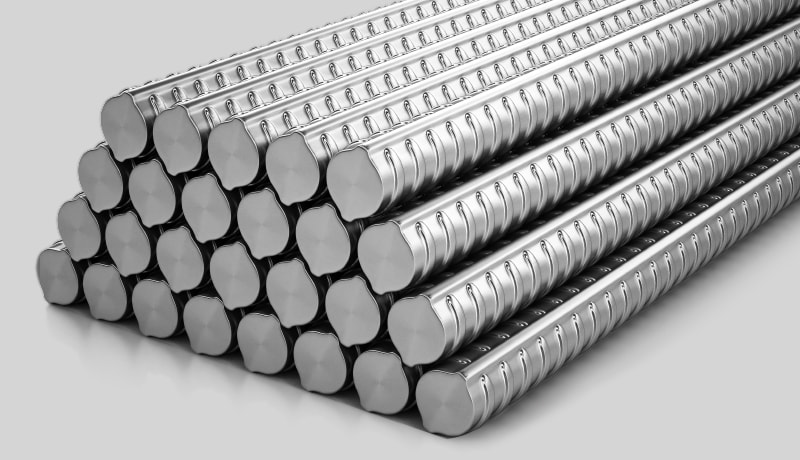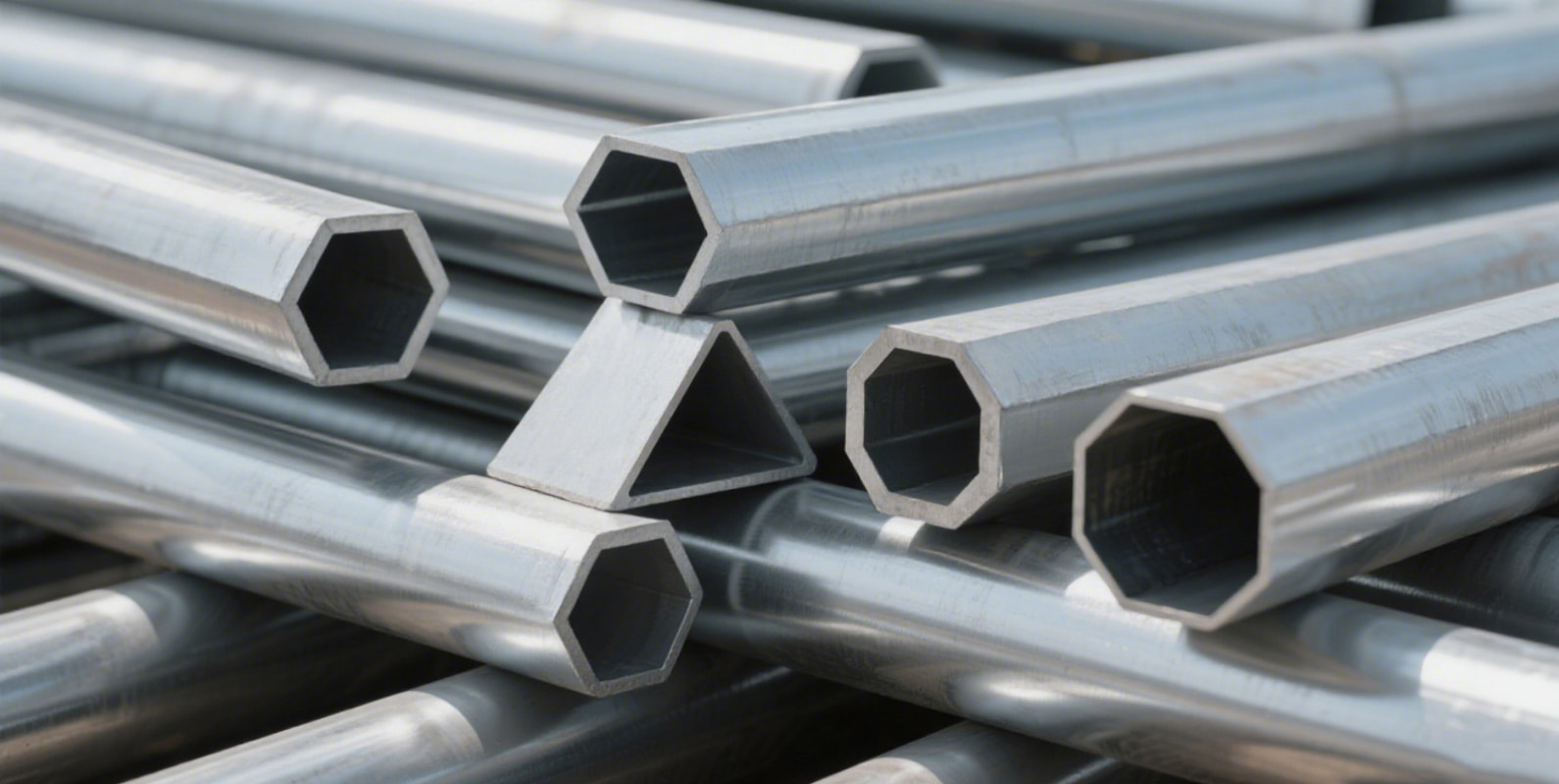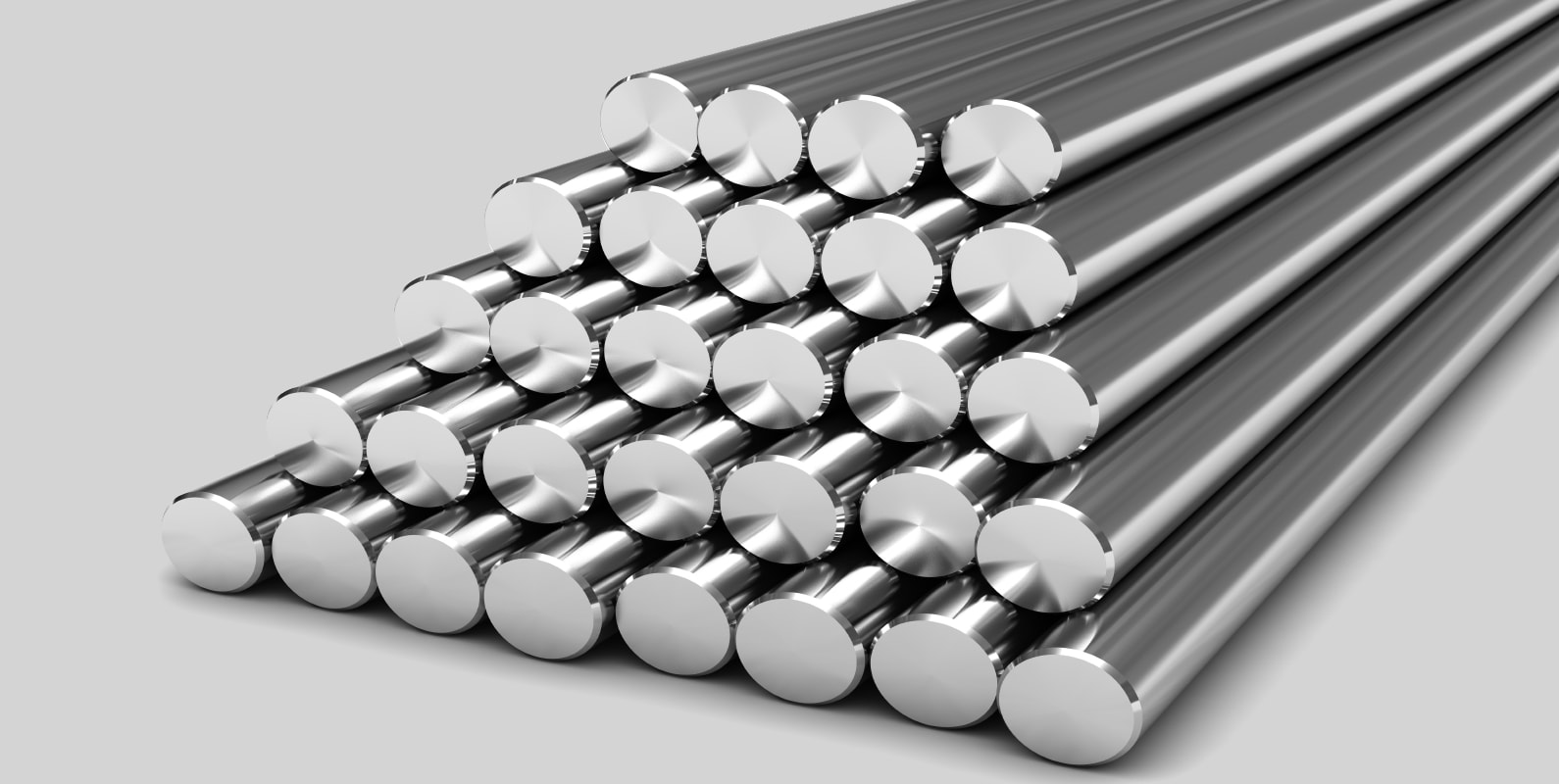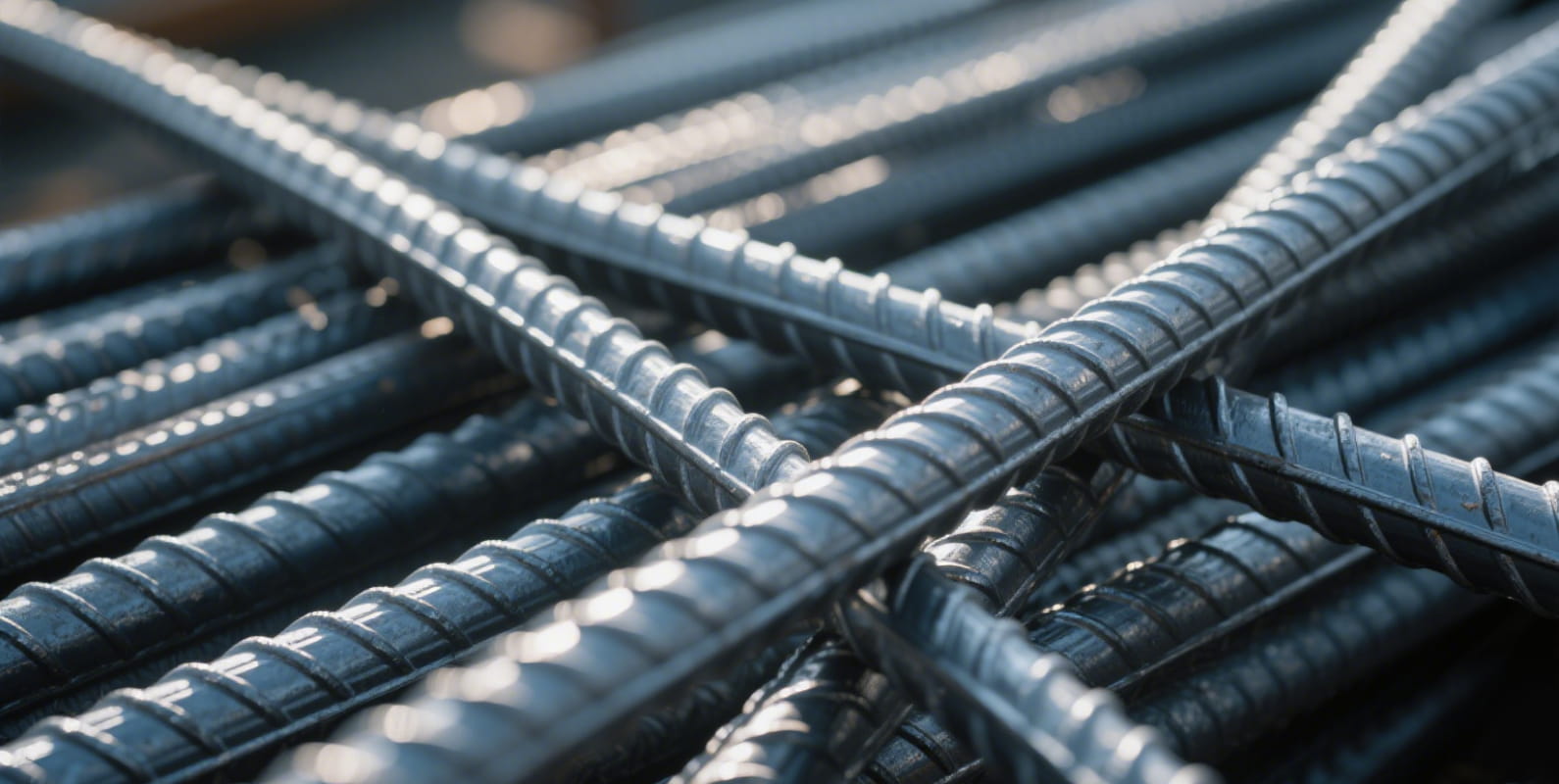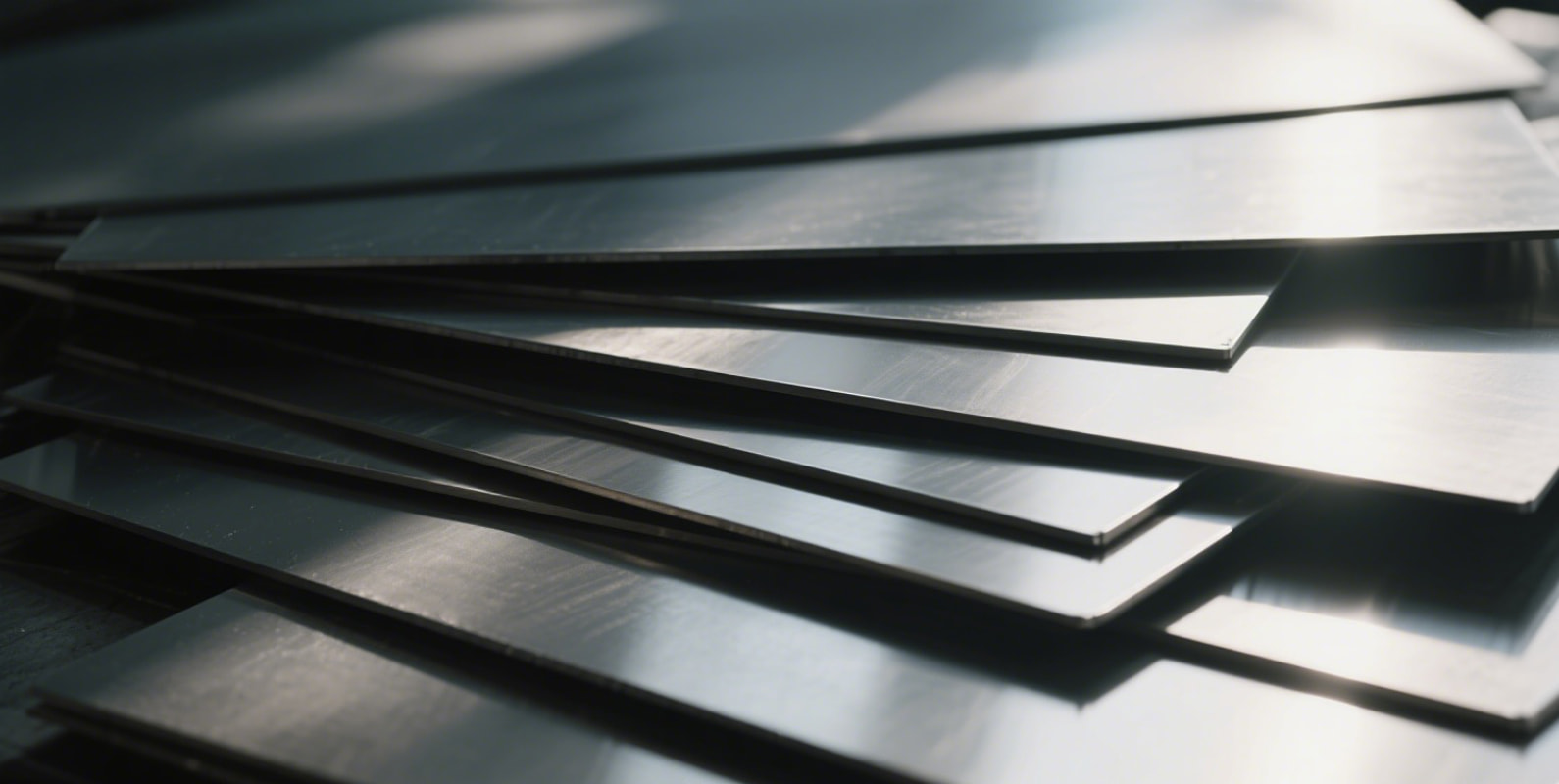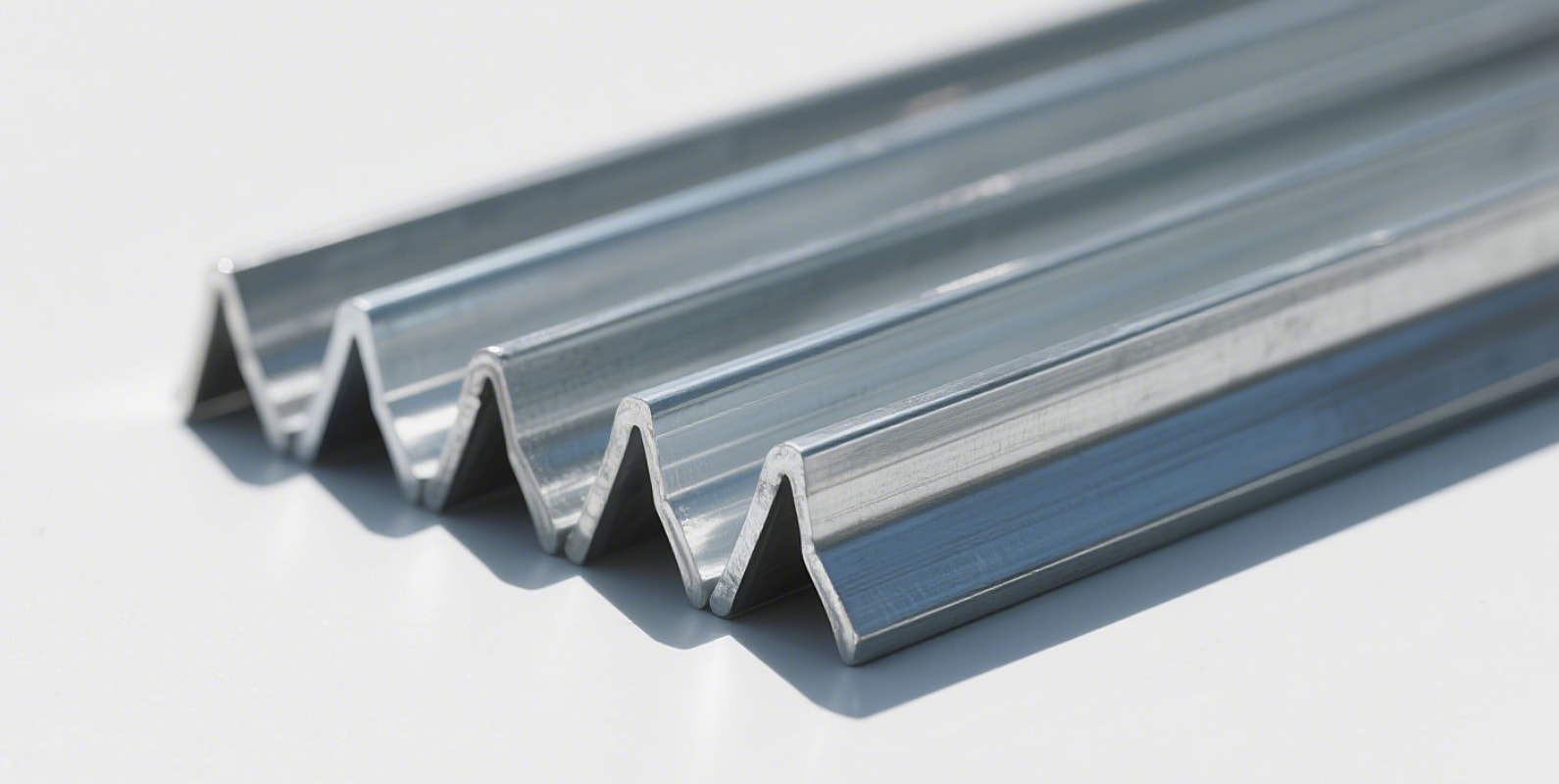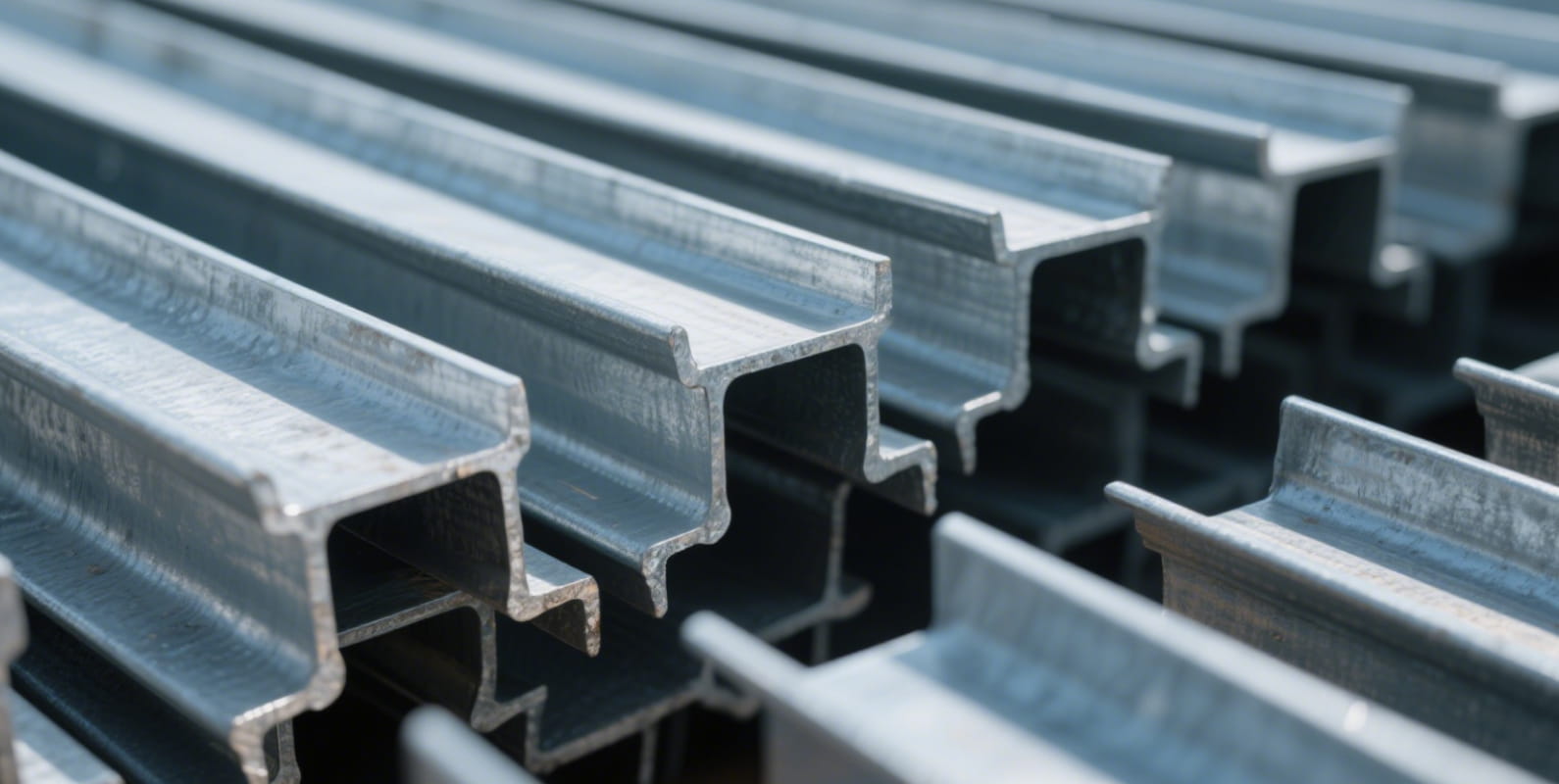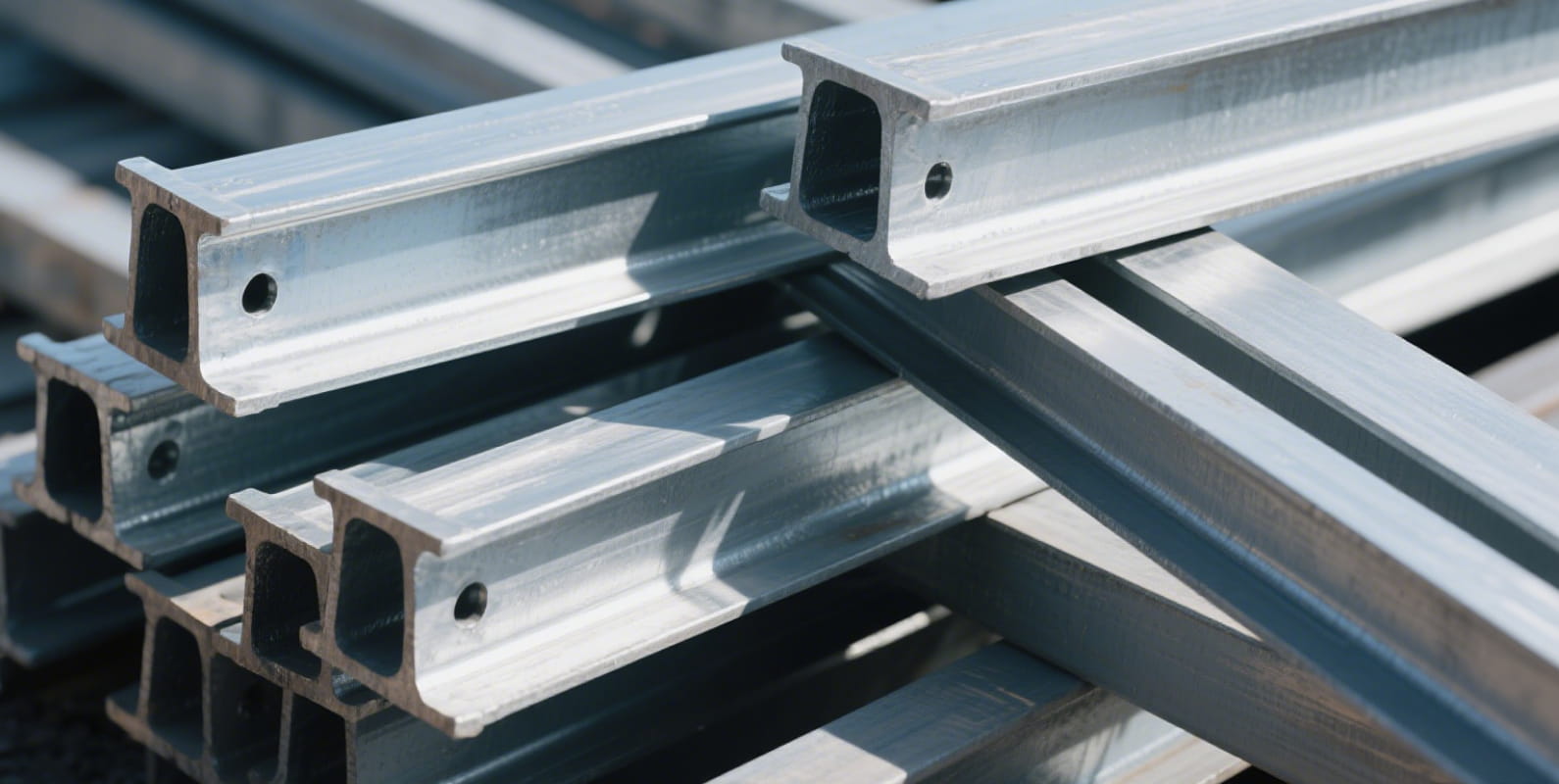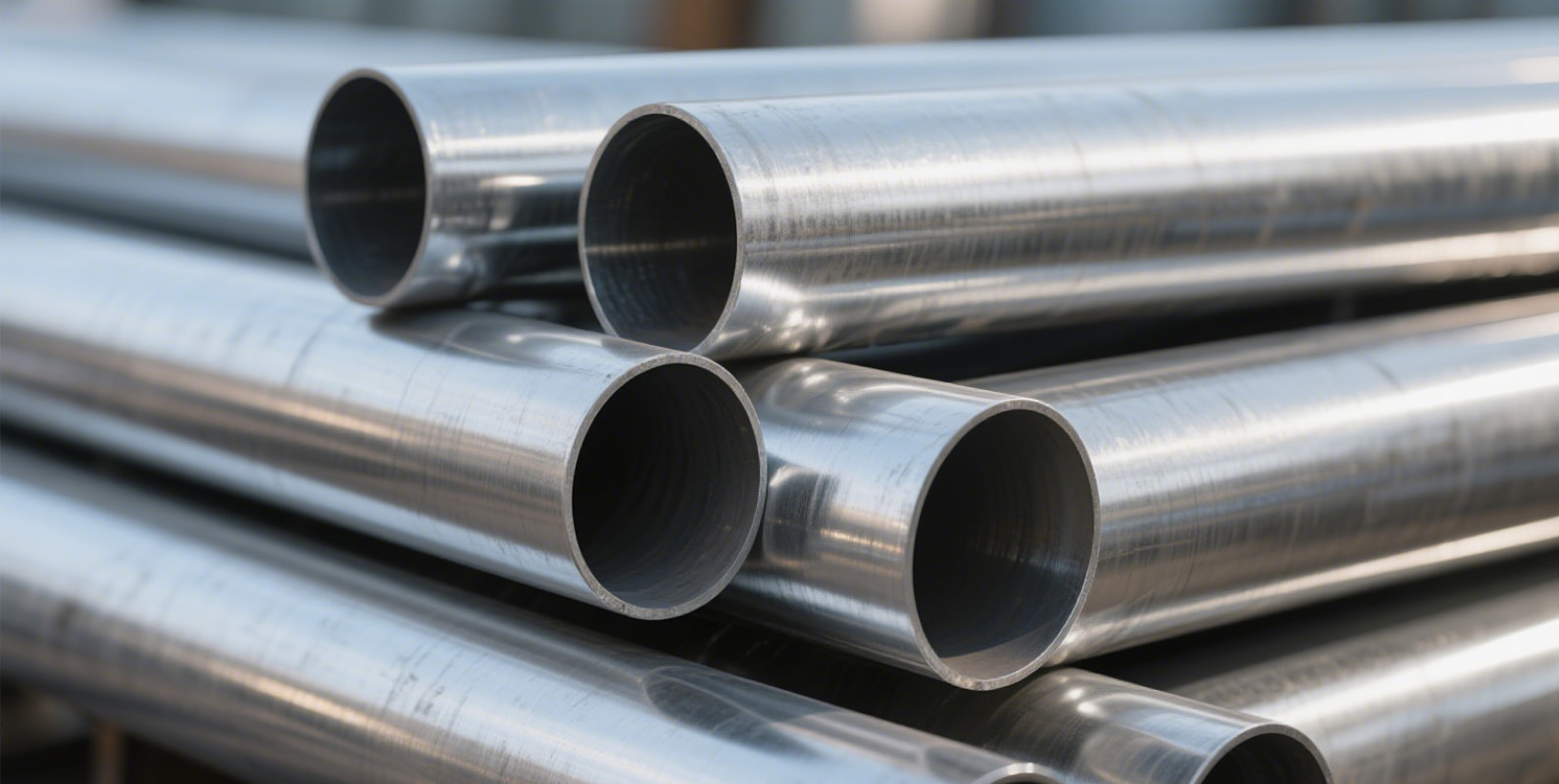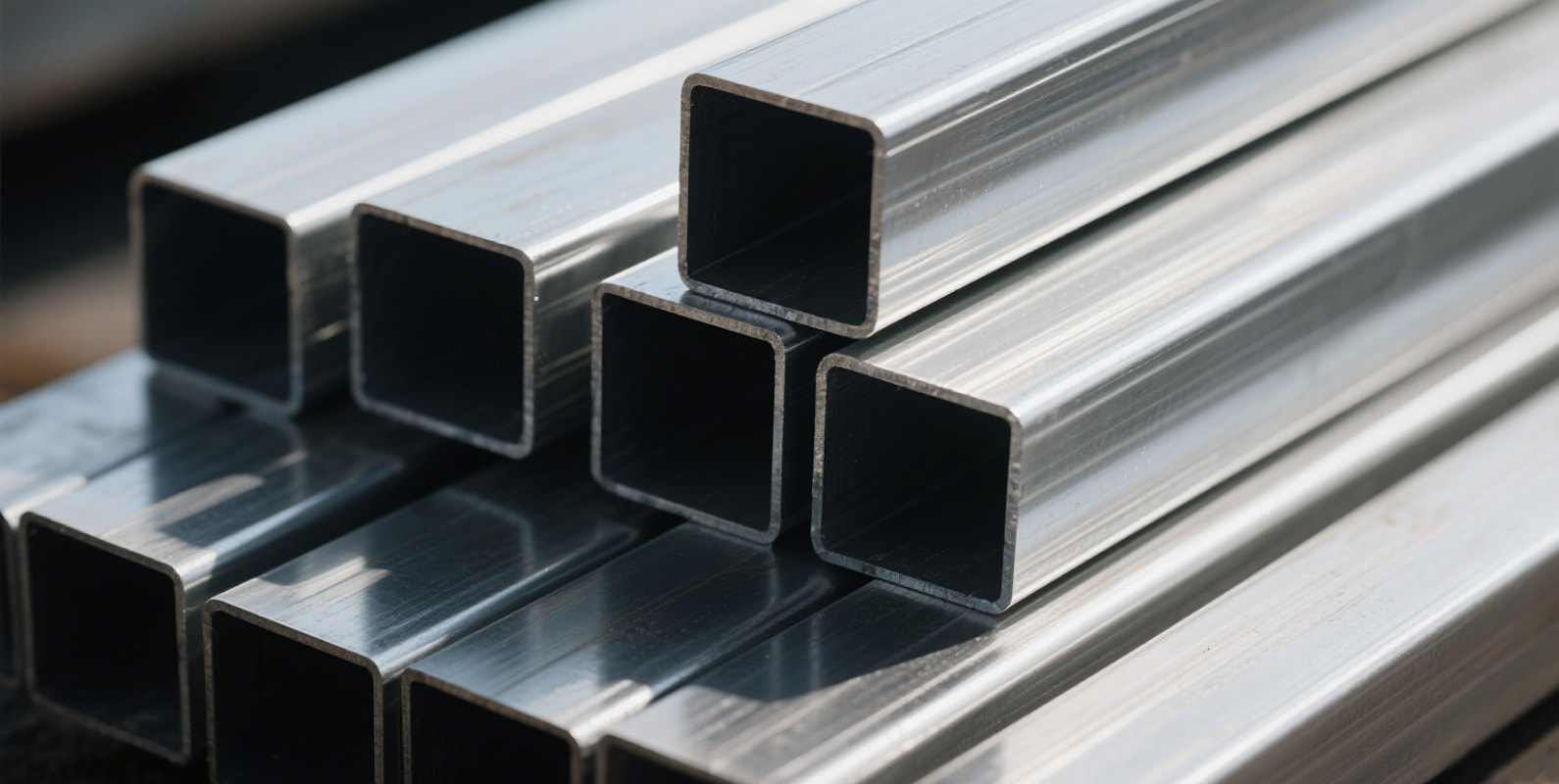Structural Steel
As a foundational element of modern construction, structural steel—particularly rebar—is forged from high-strength steel and engineered to offset concrete’s inherent shortcoming: high compressive strength but low tensile resistance. When embedded within concrete structures, reinforcing steel significantly enhances the overall strength, durability, and flexibility of buildings, bridges, highways, and foundations. Its exceptional tensile strength resists cracking caused by stress and deformation, while ribbed surface designs ensure bonding with concrete, effectively preventing slippage and structural failure. Reinforcing steel also offers good corrosion resistance, making it suitable for both interior applications and outdoor environments exposed to harsh conditions. From residential buildings and commercial complexes to large-scale infrastructure, steel has become indispensable in all forms of construction—fortifying the foundation of safety and stability while enabling creative and efficient architectural design. As the invisible force within concrete, rebar delivers strength, reliability, and long-term performance—safeguarding every project from the ground up. Selecting the right steel is the cornerstone of enduring engineering achievement.


 中文简体
中文简体 English
English